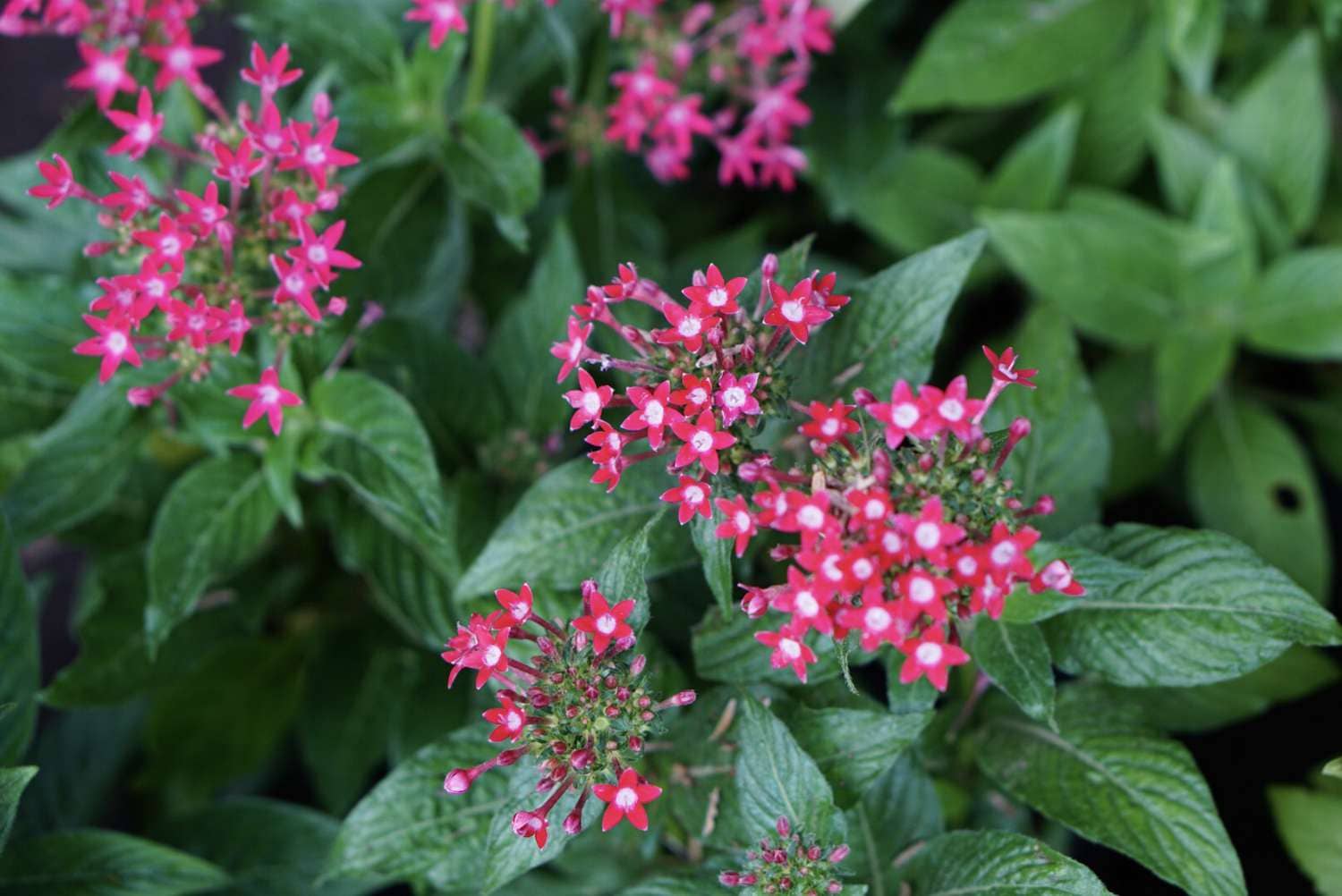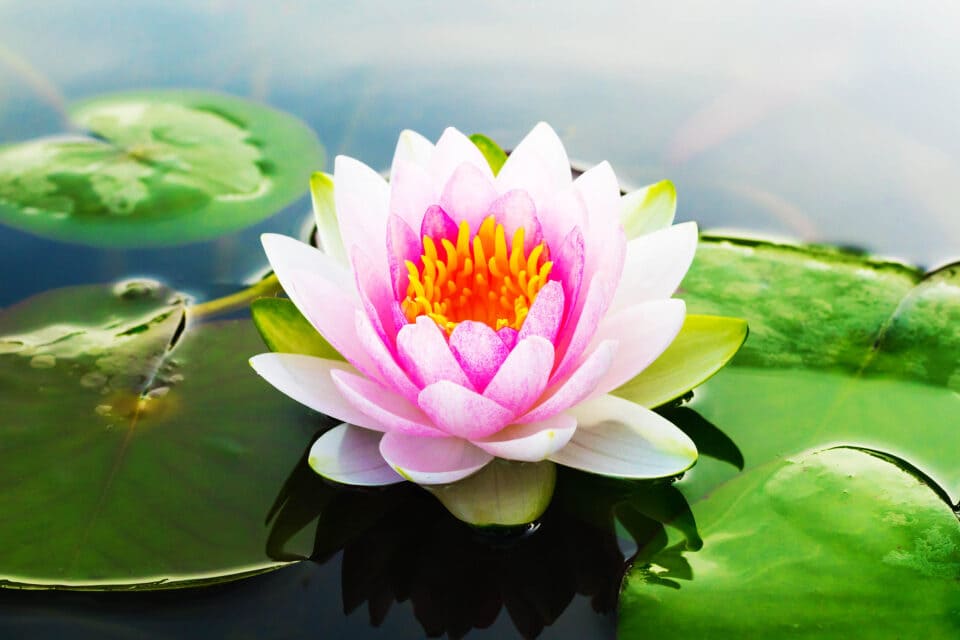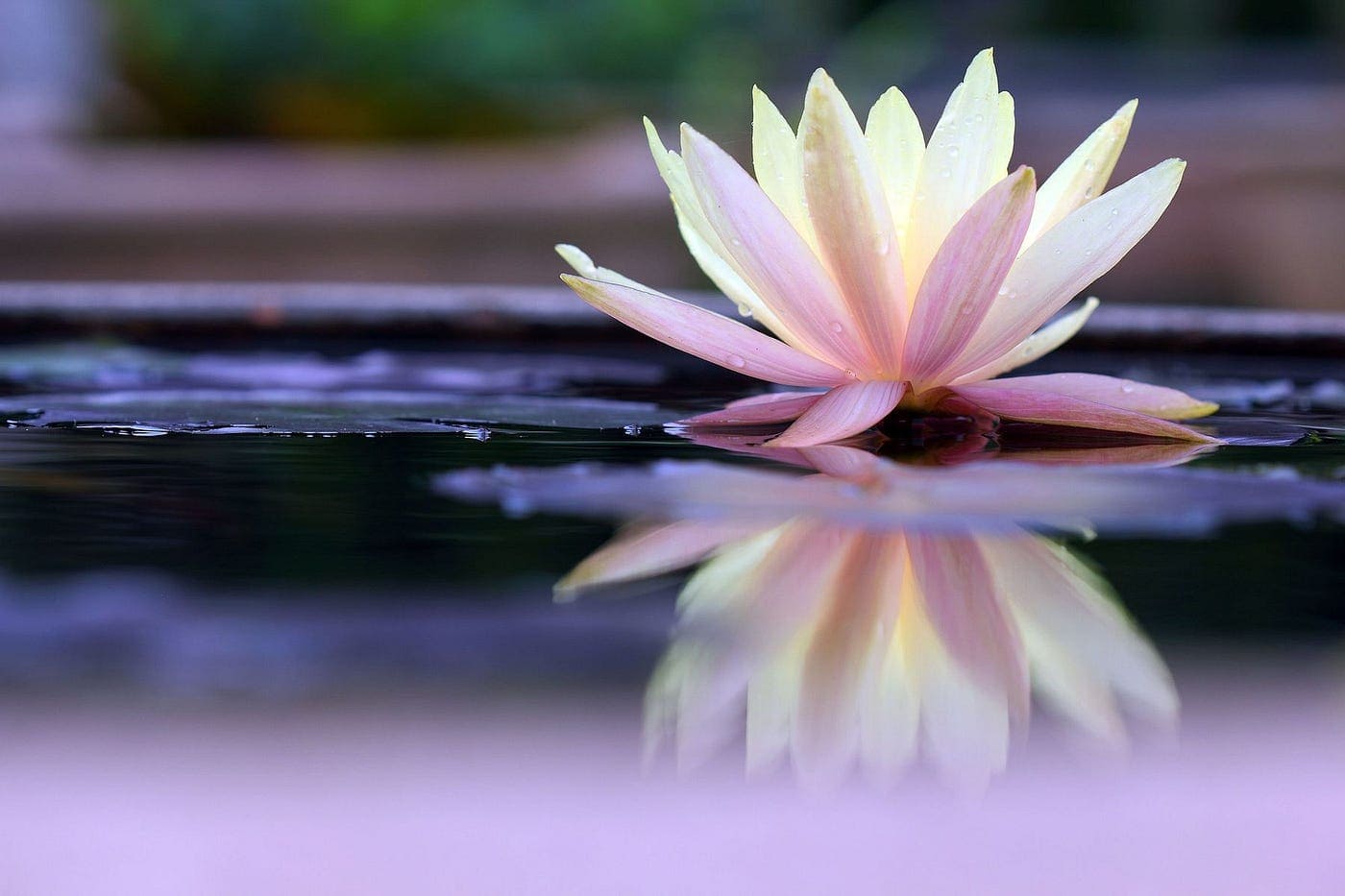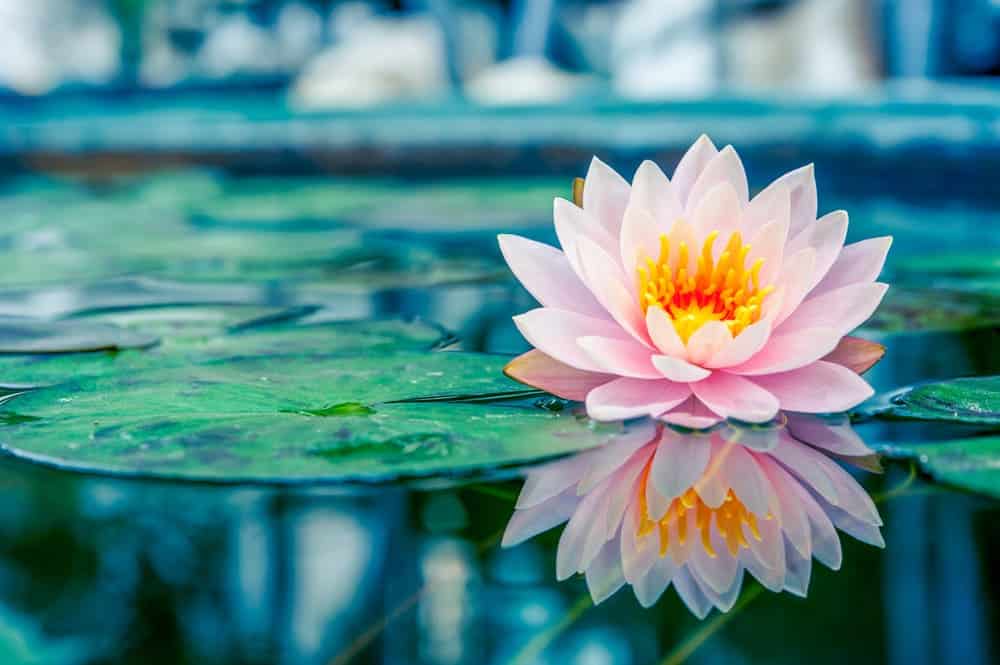Introduction
Welcome to our comprehensive guide on pentas flowers. Whether you’re a seasoned gardener or a beginner looking to add some color and beauty to your garden, pentas flowers are an excellent choice. In this guide, we’ll cover everything you need to know about these stunning blooms, from their origins and varieties to planting and care tips.
Origins and Varieties
Pentas flowers are native to Africa and belong to the Rubiaceae family. They are commonly known as Egyptian star-cluster or starflower due to their star-shaped blooms. These vibrant flowers come in a variety of colors, including red, pink, white, and purple, making them a versatile choice for any garden.
Popular Varieties
- Pentas lanceolata: This is the most common variety, known for its clusters of star-shaped flowers and bushy growth habit. It comes in a range of colors, including red, pink, and lavender.
- Pentas lanceolata ‘Graffiti’: This variety is prized for its compact growth and profusion of blooms. ‘Graffiti’ pentas flowers are available in shades of red, pink, and purple.
- Pentas lanceolata ‘Butterfly’: As the name suggests, this variety attracts butterflies with its colorful blooms. It features a mix of pink, red, and white flowers, creating a stunning display in the garden.
Planting Pentas Flowers
Location
When planting pentas flowers, choose a location that receives full sun for at least six hours a day. These plants thrive in warm climates and require well-draining soil.
Soil Preparation
Prepare the soil by amending it with compost or organic matter to improve drainage and fertility. Pentas flowers prefer slightly acidic to neutral soil with a pH level between 6.0 and 7.0.
Planting
Plant pentas flowers in the spring after the danger of frost has passed. Space the plants 12 to 18 inches apart, depending on the variety, to allow for adequate airflow and room for growth.
Watering
Keep the soil consistently moist but not waterlogged, especially during the first few weeks after planting. Once established, pentas flowers are drought-tolerant and require less frequent watering.
Care and Maintenance
Pruning
Prune pentas flowers regularly to encourage bushy growth and prolong blooming. Remove faded flowers and leggy stems to promote new growth and maintain a tidy appearance.
Fertilizing
Feed pentas flowers with a balanced fertilizer every four to six weeks during the growing season to encourage healthy growth and abundant blooms. Avoid over-fertilizing, as this can lead to excessive foliage growth at the expense of flowers.
Pest and Disease Control
Keep an eye out for common pests such as aphids, whiteflies, and spider mites, which can infest pentas flowers. Use organic insecticides or natural predators to control pest populations and prevent damage to the plants.
Winter Care
In colder climates, pentas flowers may die back to the ground in winter. Provide mulch or protective coverings to insulate the roots and protect them from frost damage. In spring, remove any dead or damaged growth to encourage new growth.
Conclusion
Pentas flowers are a beautiful addition to any garden, with their vibrant colors and long-lasting blooms. By following the tips and guidelines outlined in this guide, you can enjoy a bountiful display of pentas flowers year after year. Happy gardening!





